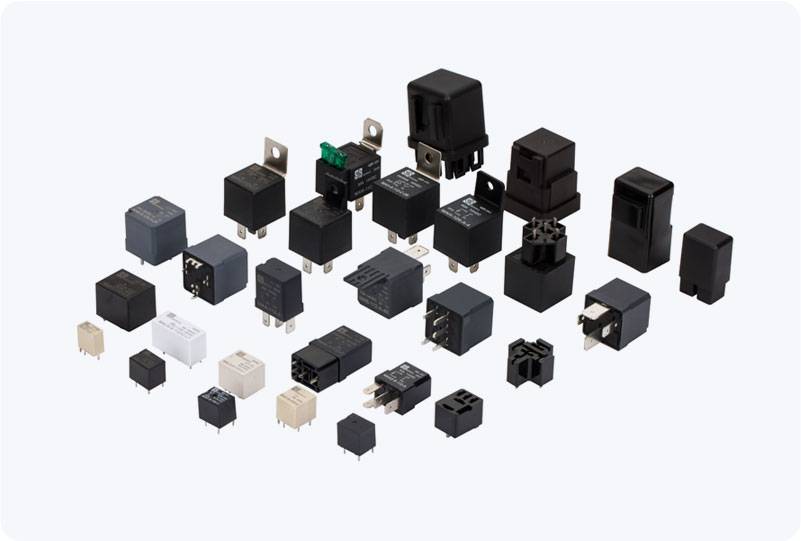A Precharge Relay is a critical component in electrical systems, particularly in high-voltage applications, where it plays an essential role in ensuring a smooth and safe startup. This device is primarily used in systems like electric vehicles (EVs), power converters, and renewable energy systems, where managing power flow at the moment of system initiation is crucial. Precharge relays help reduce inrush currents that can otherwise damage delicate electrical components, thereby extending the lifespan of the system and improving its operational reliability.

The Role of a Precharge Relay At its core, a Precharge Relay’s function is to control the initial charging of capacitors or energy storage devices (like batteries or supercapacitors) in a circuit, particularly in direct current (DC) applications. Without a precharge mechanism, turning on high-voltage circuits could result in a large surge of current that may cause damage to sensitive components such as capacitors, semiconductors, or batteries. The precharge process mitigates these risks by gradually increasing the voltage level across the components, preventing instantaneous large currents.